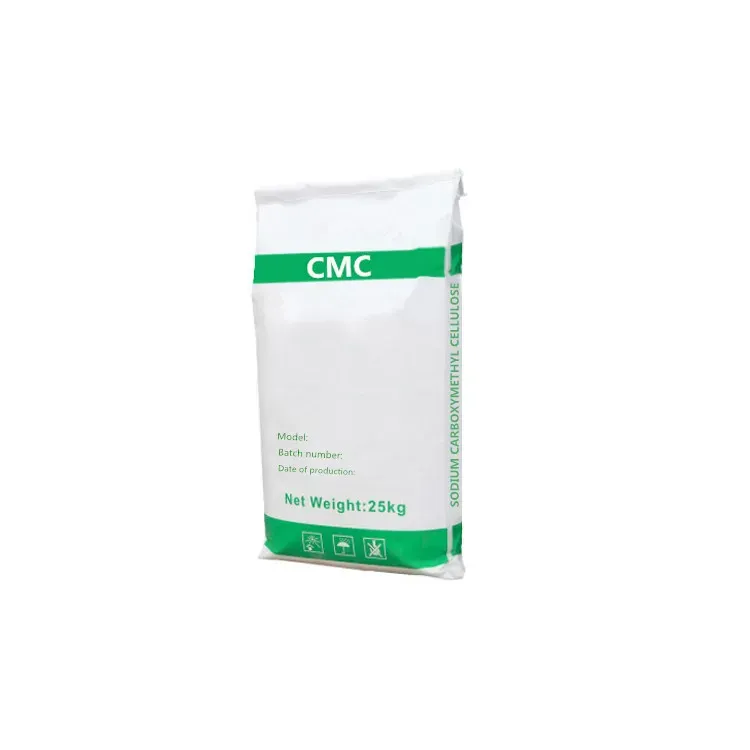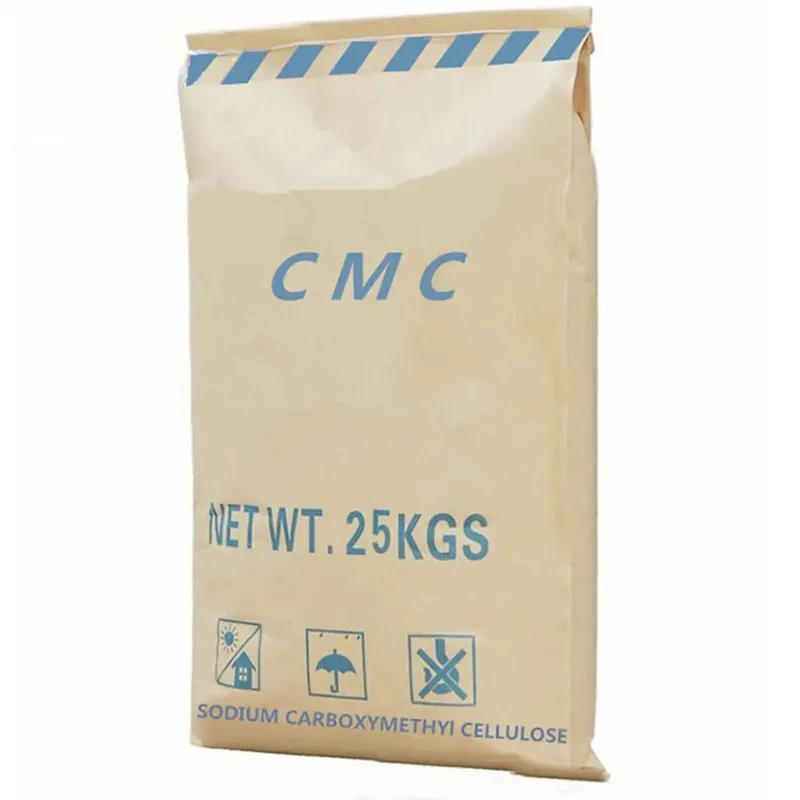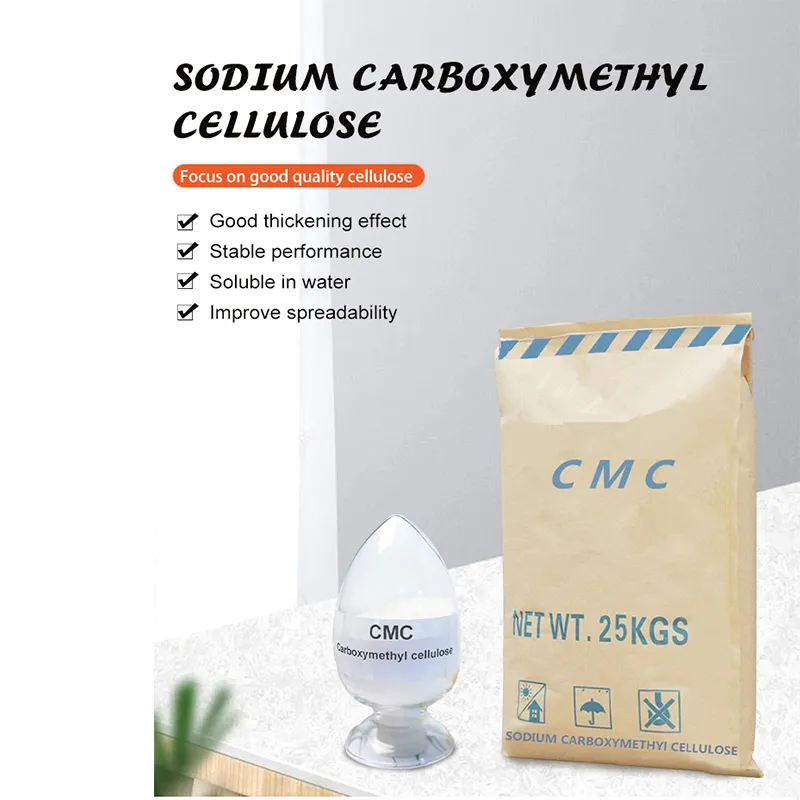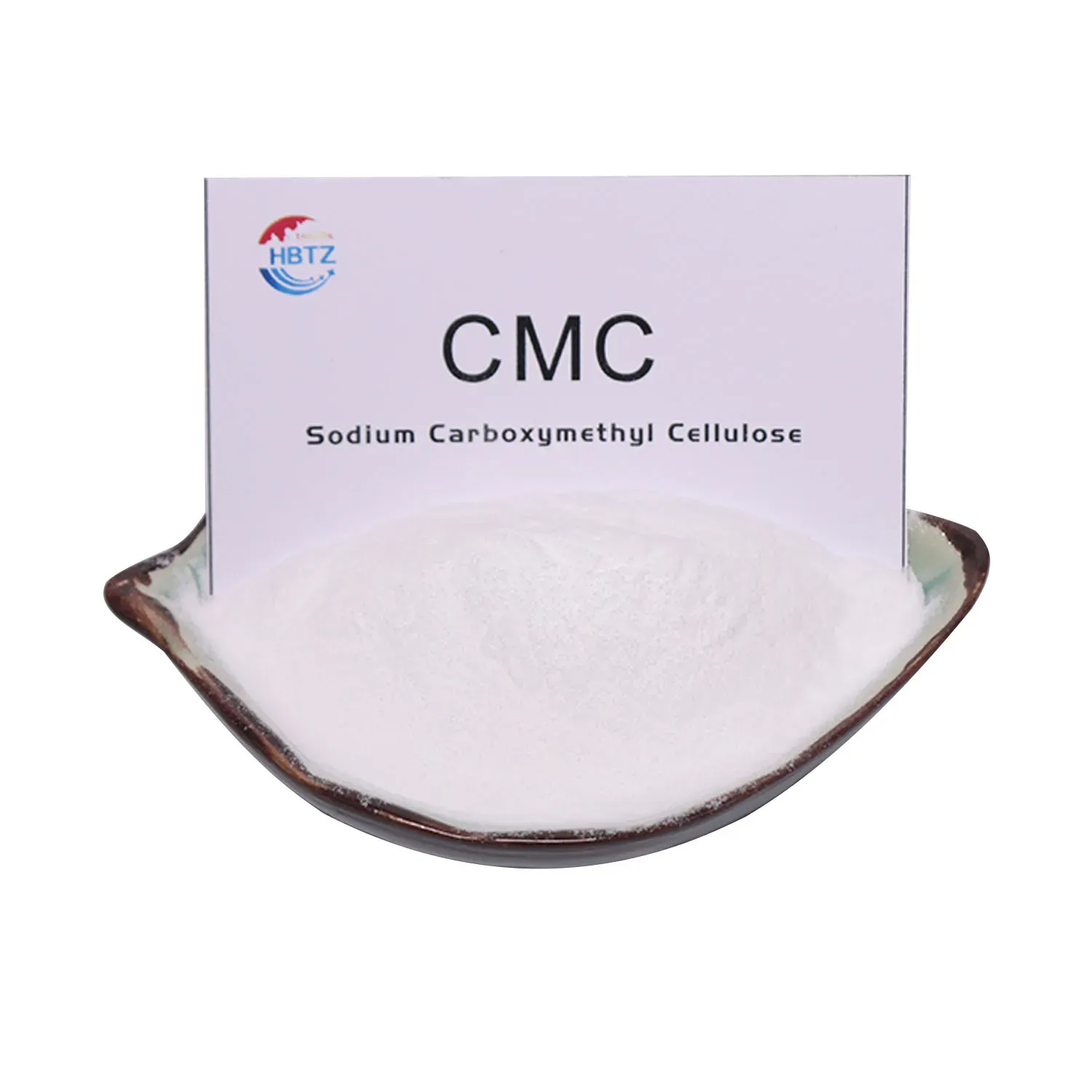
High Quality CMC Cellulose for Industrial Use—Stable Supply & Competitive Price
About Hebei Tangzhi Technology Co., Ltd.
Hebei Tangzhi Technology Co., Ltd. is a premier manufacturer and supplier of high-quality cellulose ethers, dedicated to innovation and technical advancement. Visit our official website for extensive product details.
- Email: admin@tangzhicellulose.com
- Phone: +86-15032625168
- Address: Room 2308, Dongsheng Plaza 2, No. 508 Zhongshan East Road, Chang’an District, Shijiazhuang, Hebei, China
Sodium Carboxy Methyl Cellulose (CMC)
Product Profile: Carboxymethyl cellulose (CMC) is derived by carboxymethylation of cellulose and features functionalities such as thickening, film formation, adhesion, moisture retention, colloidal protection, emulsification, and suspension. It is vital for petroleum, food, pharmaceutical, textile, and paper industries. Discover more at the official CMC Cellulose page.





Industry Overview: CMC Cellulose and Global Market Trends
CMC cellulose (Sodium Carboxy Methyl Cellulose) is a highly versatile water-soluble anionic linear polymer derived from natural cellulose. Propelled by its eco-friendly properties and multi-application spectrum, the CMC polymer market has witnessed remarkable growth. According to MarketsandMarkets, the global carboxymethylcellulose market size was valued at over USD 1.5 billion in 2023 and is projected to grow at a CAGR of 5.3% through 2029.
Carboxymethylcellulose price dynamics remain subject to raw material costs (wood pulp, cotton linter), technological advancement, and the evolving demand landscape in the food, pharma, and oil drilling industries. CMC company operators, including Hebei Tangzhi Technology Co., Ltd., focus on stringent quality control, green process innovation, and customized technical service to maintain competitiveness while fulfilling stringent regulatory requirements.
CMC Cellulose Technical Parameters & Industry Data Table
| Parameter | Specification / Range | Unit | Application Relevance |
|---|---|---|---|
| Degree of Substitution (DS) | 0.6 - 1.2 | mol | Solubility, thickening performance |
| Purity (NaCl + NaG) | < 8.0 (%) | % | Impurity control (food, pharma) |
| Viscosity (2% solution, 25℃) | 20-8000 | mPa·s | Tailored for end-use (oil drilling, food) |
| Particle Size | <60 mesh | μm | Solubility, dispersibility |
| Moisture | < 10.0 (%) | % | Storage stability |
| pH (1% solution) | 6.0 - 8.5 | Suitability for food, pharma | |
| Lead & Heavy Metals | < 0.001 (%) | % | Meets safety standards |
Technical Data Visualization: CMC Cellulose Performance Metrics
(Yearly Industry Averages, 2018-2024)
Key Applications of CMC Cellulose & Market Insights
- Oil & Gas Drilling: As a rheology modifier and fluid loss control agent to ensure optimal drilling mud performance, stability, and borehole cleaning.
- Food Industry: Used as a thickener, stabilizer, and water retention agent in products such as ice cream, baked goods, dairy, sauces, and beverages.
- Pharmaceuticals: Superior gelling agent, tablet binder, and controlled release matrix with exceptional biocompatibility and safety.
- Paper Production: Enhances surface sizing, improves paper strength and printability, and ensures fiber dispersion.
- Textiles: Dye printing, warp sizing, and textile finishing for superior film formation and process efficiency.
Industry Trends: CMC Polymer Evolution
The increasing demand for biodegradable and sustainable additives in multiple industries has triggered technological leaps in CMC cellulose manufacturing. Innovations include enzymatic activation, advanced reactor systems, and eco-friendly carboxymethylation—resulting in enhanced purity and customizable properties.
Moreover, CMC company strategies now emphasize regional compliance (e.g., EU EFSA monographs) and digitalized supply chains, addressing traceability and quality assurance for food and pharma segments.
CMC Cellulose Pricing Dynamics
Carboxymethylcellulose price points are primarily dependent on factors such as feedstock volatility (cotton linter, acid/base reagents), production scale, and regional legislation. In 2024, average export prices ranged from USD 2000–3300/MT for industrial, and USD 3300–4800/MT for pharmaceutical grades[1]. Global events (logistics, currency), energy costs, and company-specific R&D capabilities also affect CMC cellulose cost trends.
For competitive quotation and customized grades, contact Hebei Tangzhi Technology directly via admin@tangzhicellulose.com.
CMC Cellulose Expert FAQ
- 1. What is the main chemical structure of CMC cellulose?
- CMC cellulose comprises a cellulose backbone modified through etherification with carboxymethyl groups, yielding a linear, water-soluble polyelectrolyte suitable for diverse applications.
- 2. How is the degree of substitution (DS) defined and controlled?
- DS reflects the average number of substituted carboxymethyl groups per glucose unit (max 3), typically kept within 0.6–1.2 for optimal solubility and performance. Controlled by careful regulation of reaction time, temperature, and reagent ratio during synthesis.
- 3. What industrial grades are available for CMC polymer?
- Grades include industrial, food, pharmaceutical, and detergent grades, differentiated by viscosity, purity, and heavy metal limits. Customization is available for specialty needs (e.g., high-purity pharma grade).
- 4. What installation or use standards apply to CMC cellulose?
- Applicable standards include GB1886.232 (food safety, China), FCC (US), and E466 (EU). Pharma and food applications must comply with local & international additive regulatory frameworks.
- 5. Which technical indices matter most for food-grade CMC?
- Key indices: high purity (>99.5%), low heavy metal content, appropriate viscosity for texture control, and microbiological safety (free from pathogens, as per food codes).
- 6. How is CMC Cellulose packaged and stored?
- Usually packed in moisture-proof, multi-layer paper or plastic bags (net 25kg), with inner PE liner. Store in cool, dry environments to prevent caking and microbial contamination.
- 7. How does CMC Cellulose compare with HPMC or MC as a thickener?
- CMC provides stronger anionic character, better water solubility, and superior salt tolerance. HPMC and MC excel in thermal gelation or viscosity at elevated temperatures.
Conclusion: Leading the Future of CMC Cellulose
With continuous R&D, green chemistry innovations, and real-time digital quality control, Hebei Tangzhi Technology Co., Ltd. delivers high-performance CMC cellulose solutions for global industry leaders. Its technical team closely collaborates with customers, tailoring CMC polymer functionality to dynamic market needs and regulatory standards, ensuring maximum product value and sustainability.
For up-to-date research, forum discussions, and industry forecasts on carboxymethylcellulose and related polymers, refer to:
ScienceDirect – Carboxymethyl Cellulose Topics
Green Chemistry: Recent Advances in Cellulose Modification
ResearchGate: Applications of CMC
MarketsandMarkets: Carboxymethyl Cellulose Market
-
Reliable Powdered Cellulose Supplier: Quality, Sustainability & InnovationNewsNov.24,2025
-
Find Trusted Microfibrillated Cellulose Suppliers for Sustainable Industrial SolutionsNewsNov.24,2025
-
Leading Methocel Suppliers: Quality, Innovation & Sustainability in Methylcellulose SupplyNewsNov.23,2025
-
Reliable Hydroxyethylcellulose Suppliers for Industry & Sustainability | Tangzhi HPMCNewsNov.23,2025
-
Top Ethyl Cellulose Supplier – Quality, Sustainability, and Industrial SupportNewsNov.23,2025
-
Trusted CMC Powder Suppliers for Food, Pharma & Industrial Use | Tangzhi HPMCNewsNov.22,2025





















